The 1980s was a time of vibrant colors, unforgettable music, and parenting styles that, by today’s standards, might raise more than a few eyebrows. While some parents remember the era fondly, many of these practices would be highly controversial in 2025.
These parenting tips were once considered the norm, but today, they could easily lead to social media outrage. From free-range parenting practices to some questionable safety judgments, these tips reflect a different world. Here are eleven 1980s parenting tips that would likely get you cancelled today—a humorous look back at when things were a bit more relaxed.
1. Free-Range Playtime
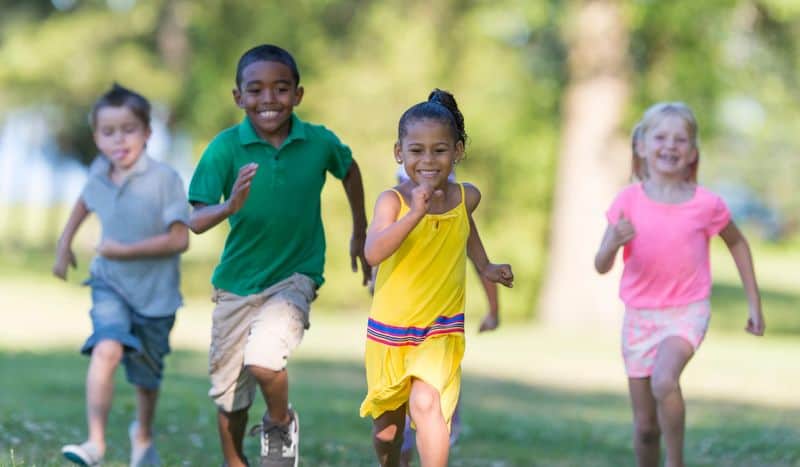
In the 1980s, parents often allowed children to roam the neighborhood freely, coming home only when the streetlights flickered on. It was a time when kids explored the world around them without constant supervision. Such independence is rare today, as modern parents often prioritize safety and structured activities. Letting children play unsupervised would likely be frowned upon in 2025, sparking debates about safety and responsibility. It was a different era, where exploration and adventure were key to childhood, but today’s mindset leans towards supervised playdates and GPS trackers for peace of mind.
2. The Wooden Spoon Disciplinary Method

Disciplining children with a wooden spoon was an accepted practice in the 1980s. Many parents believed in ‘tough love’ and used physical punishment as a means to correct behavior. Today, such methods are considered abusive and harmful, with a focus on positive reinforcement and gentle parenting. The idea of using a wooden spoon for discipline would be sure to cause public outcry in a world that champions child rights and well-being. Instead, contemporary parenting techniques encourage understanding and communication, providing a stark contrast to the more rigid methods of the past.
3. Second-Hand Smoke Exposure

The 1980s saw smoking as a common habit, often done indoors regardless of children’s presence. Parents smoked in cars, homes, and public places without considering the harmful effects of second-hand smoke. In 2025, the idea of exposing children to such risks is unacceptable and can lead to serious health concerns. The change reflects increased awareness of health and safety standards. Today’s parents are more conscious of the environments they create for their children, striving to eliminate exposure to harmful substances. Thus, this once-normal behavior would be heavily criticized in the modern world.
4. Latchkey Kids
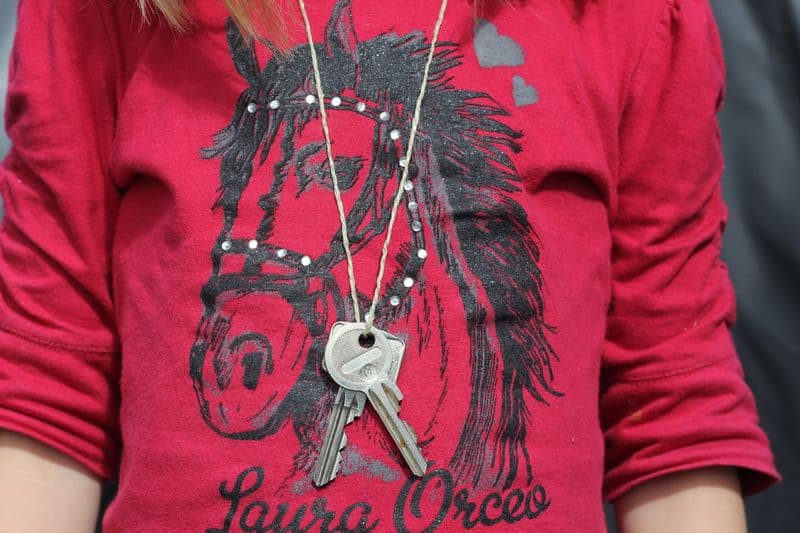
In the 80s, many children were known as ‘latchkey kids,’ coming home to an empty house because both parents were working. It was a norm for children to be self-reliant, managing their own time until parents returned. In today’s world, this level of independence may raise concerns about child safety and neglect. Parents are more inclined to arrange after-school programs or caregivers. The term ‘latchkey kid’ itself highlights a bygone era of youthful independence, a sharp contrast to current practices where children’s activities are more structured and monitored for their safety.
5. Car Seat Chaos
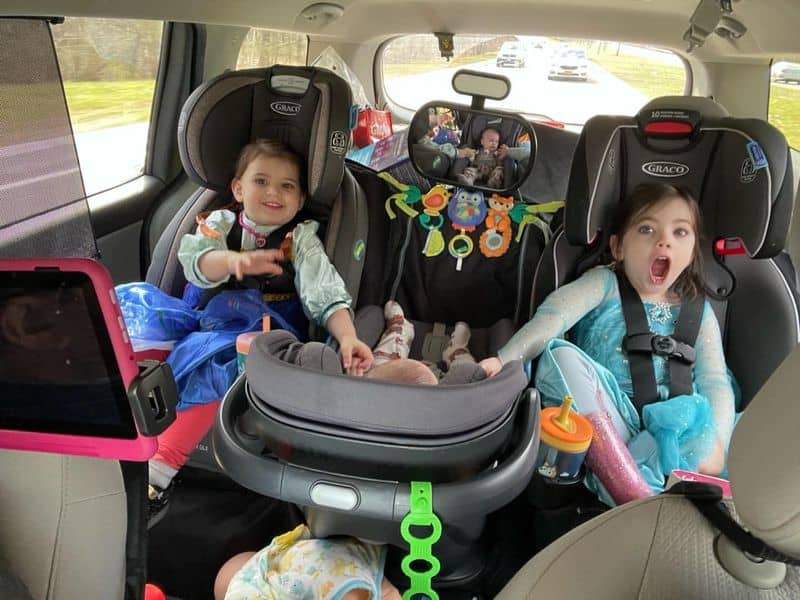
Car safety standards in the 1980s were not as stringent as they are today, and children often traveled without proper car seats or seat belts. It wasn’t uncommon for kids to ride in the back of station wagons, unrestrained and carefree. Fast forward to 2025, and such behavior is not only illegal but deemed highly irresponsible. Today’s parents are well-versed in safety protocols, ensuring their children are securely fastened in age-appropriate car seats. The shift in safety awareness underscores the importance of protecting young passengers, a vital change from the relaxed attitudes of the past.
6. Unsupervised TV Consumption
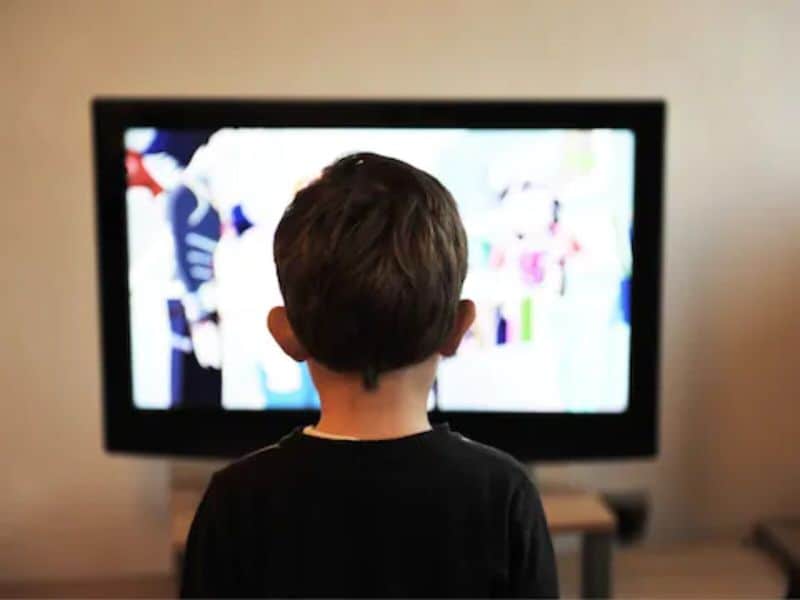
Television was a significant part of 1980s childhood, with kids spending hours in front of the screen unsupervised. Parents rarely monitored what their children watched, trusting network regulations to filter inappropriate content. In 2025, parents are more vigilant about screen time and content, with various parental controls and guidelines. The concern for media influence on behavior and development has intensified, leading to more engaged parenting in media consumption. This shift highlights evolving considerations about the impact of entertainment on kids today, where extensive unsupervised TV watching would meet considerable scrutiny.
7. Absent Seatbelts in Bicycling

Riding a bike without a helmet was typical for many 80s kids. Adventure and risk were part of the childhood experience, and helmets were rarely part of the equation. Today, cycling safety is paramount, with helmets a non-negotiable protective gear for children and adults alike. The awareness of head injuries and safety precautions has grown, reflecting a broader understanding of safety. In 2025, allowing children to ride without helmets would be widely condemned. Thus, the laid-back biking culture of the past starkly contrasts with today’s vigilant approach to safety in recreational activities.
8. Sugary Cereal Breakfasts

Breakfast in the 1980s often included sugary cereals, marketed with cartoon characters and vibrant packaging. Parents served these sugar-laden bowls without much concern for nutritional content, enticed by convenience and marketing. Fast forward to 2025, health-conscious parenting places emphasis on balanced diets, shunning excessive sugar. The shift towards nutritious breakfasts reflects broader changes in understanding children’s health. While the cheerful mascots and colorful cereals still exist, they occupy a different place in the modern family kitchen, where balanced meals are prioritized to ensure healthy growth and development.
9. Playground Equipment Risks
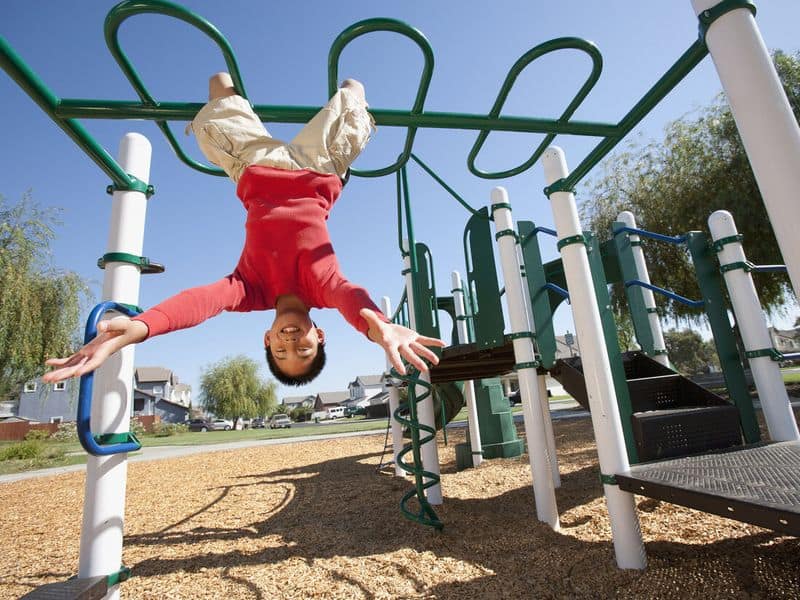
Playgrounds in the 1980s were filled with metal slides, tall jungle gyms, and little safety padding. Parents watched as their kids navigated these potential hazards, believing it built character and resilience. Today’s playgrounds are designed with safety in mind, using softer materials and lower structures. The contrast in playground designs mirrors society’s shift towards risk assessment and injury prevention. In 2025, allowing children to play on such equipment could spark debates about safety standards and child welfare. Thus, the rugged playgrounds of the past represent a bygone era of carefree childhood exploration.
10. No Sunscreen Summers
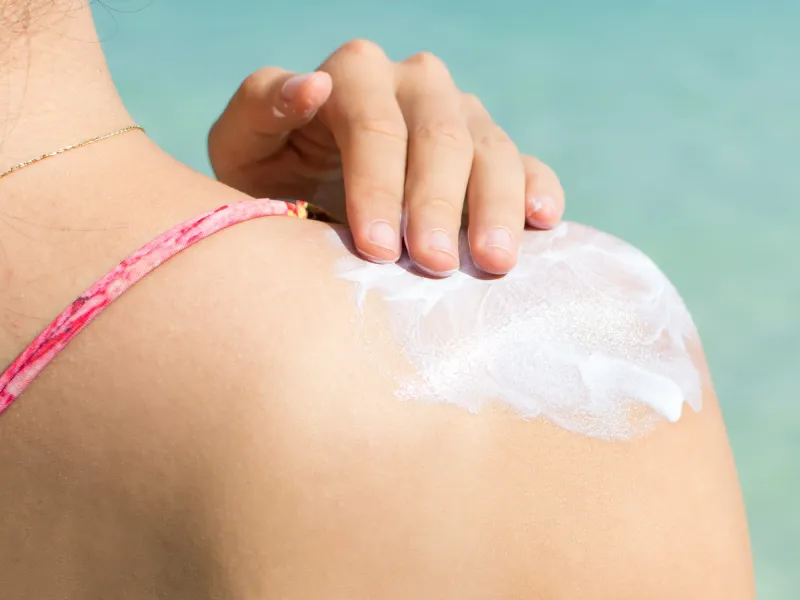
Summer days in the 1980s often meant hours in the sun without sunscreen. Parents didn’t prioritize sun protection, unaware of the long-term skin damage risks. In 2025, applying sunscreen is an essential part of outdoor activities to prevent skin cancer and other sun-related health issues. The emphasis on sun safety marks a significant shift in health awareness and preventive care. Modern parents are diligent in applying sunscreen to their children, illustrating how much views on skin protection have evolved. The carefree sunbathing of the past starkly contrasts with today’s vigilant sun safety practices.
11. Ignoring Food Allergies

In the 1980s, food allergies weren’t on many parents’ radars. Schools served peanut butter without considering allergies, a stark difference from today’s cautious approach. Awareness and understanding of food allergies have grown exponentially, leading to safer dining environments and strict allergy protocols. In 2025, ignoring such allergies would be unthinkable, reflecting society’s commitment to ensuring the safety and well-being of all children. This change signifies a broader recognition of diverse health needs and the importance of inclusive and safe environments, a testament to how parenting priorities have evolved over the decades.

Well, hello there!
My name is Jennifer. Besides being an orthodontist, I am a mother to 3 playful boys. In this motherhood journey, I can say I will never know everything. That’s why I always strive to read a lot, and that’s why I started writing about all the smithereens I came across so that you can have everything in one place! Enjoy and stay positive; you’ve got this!

